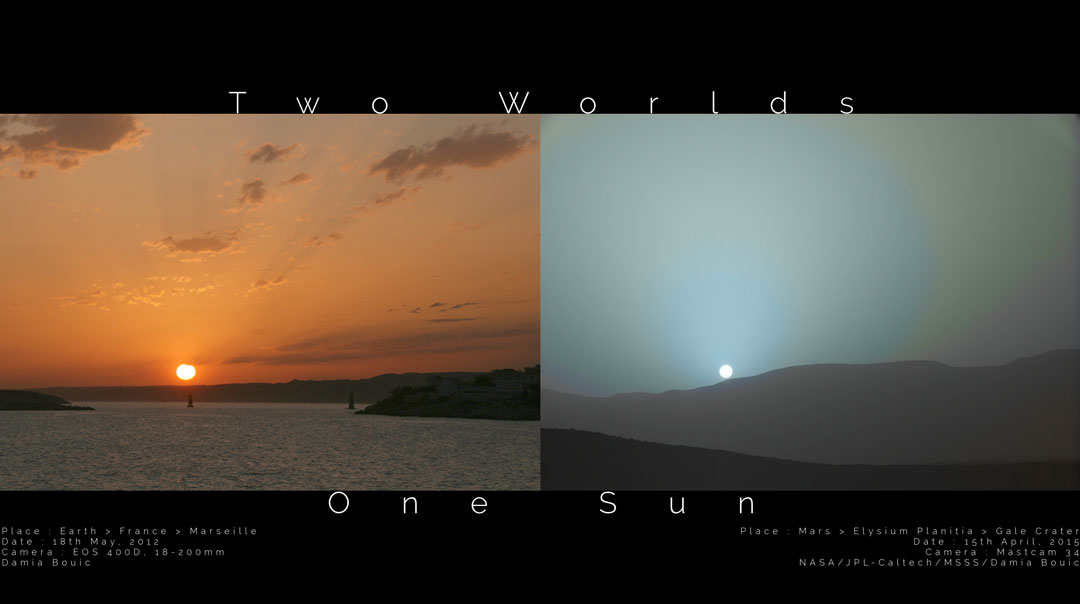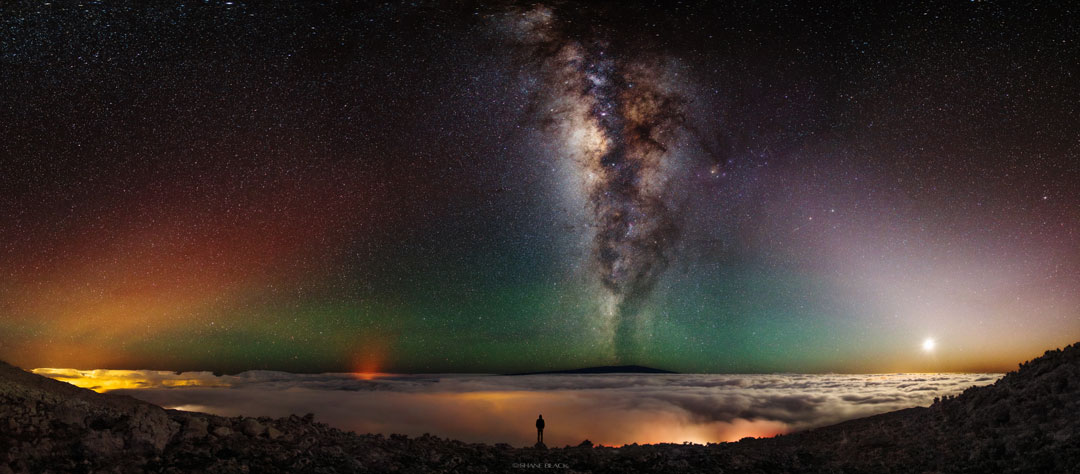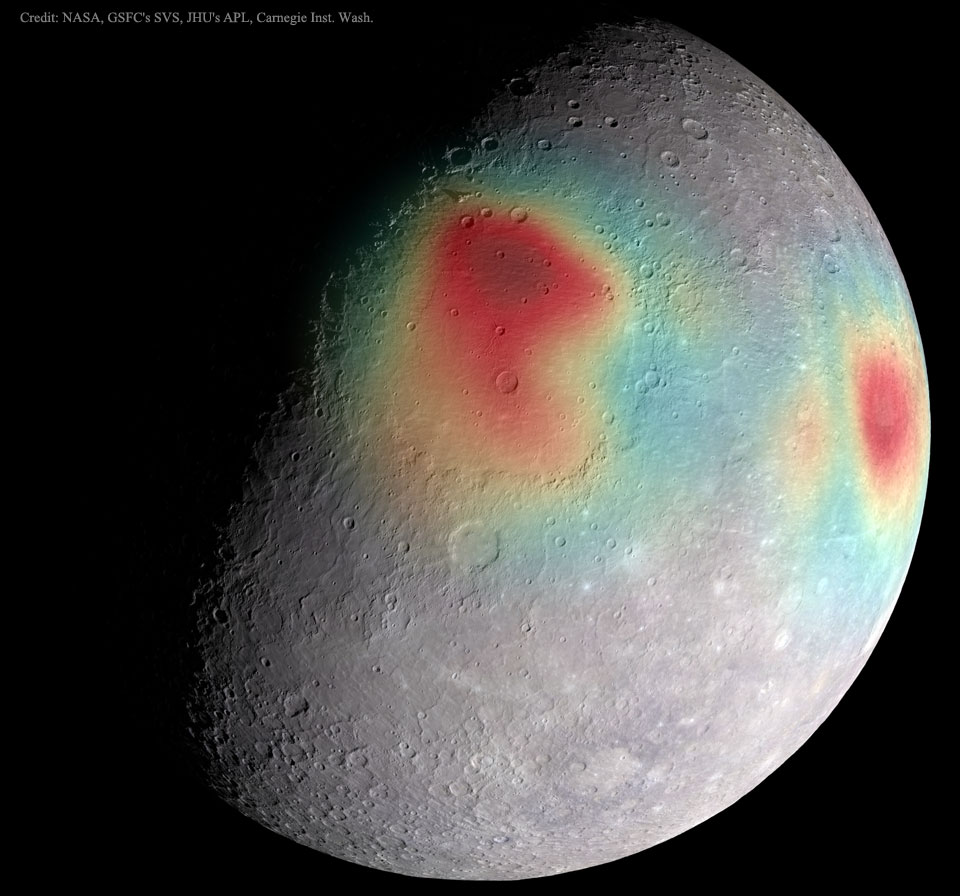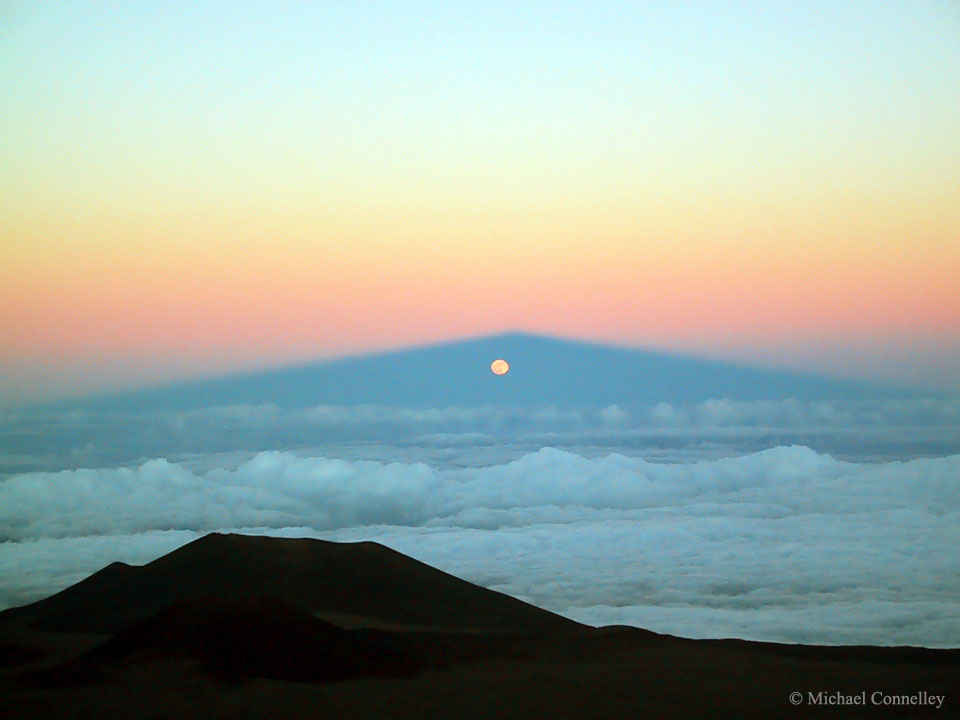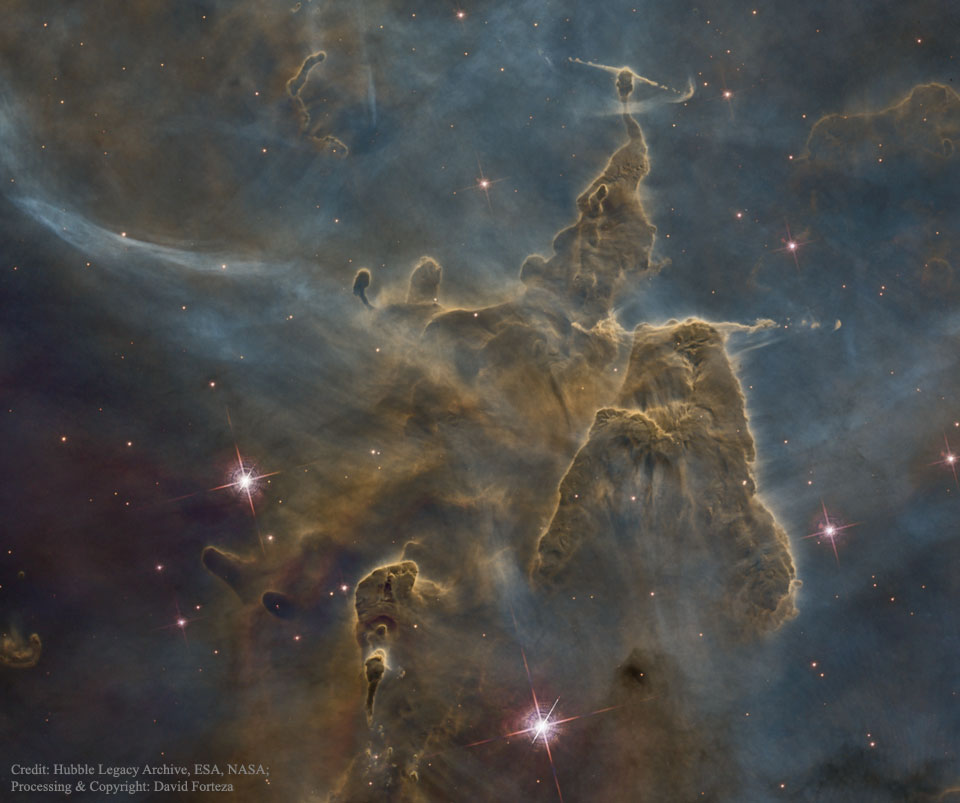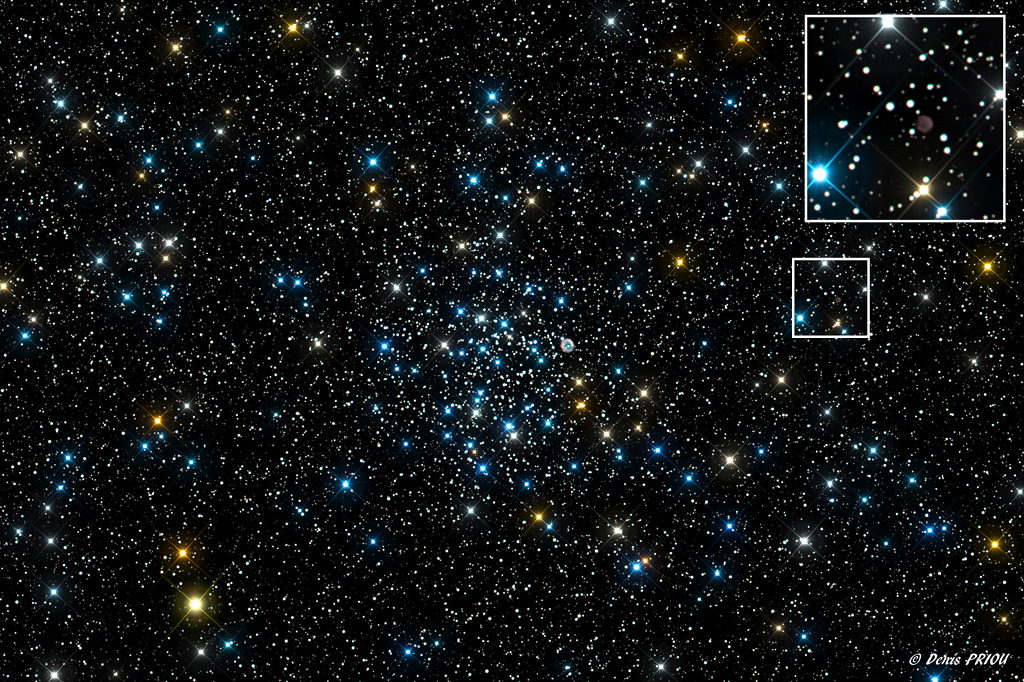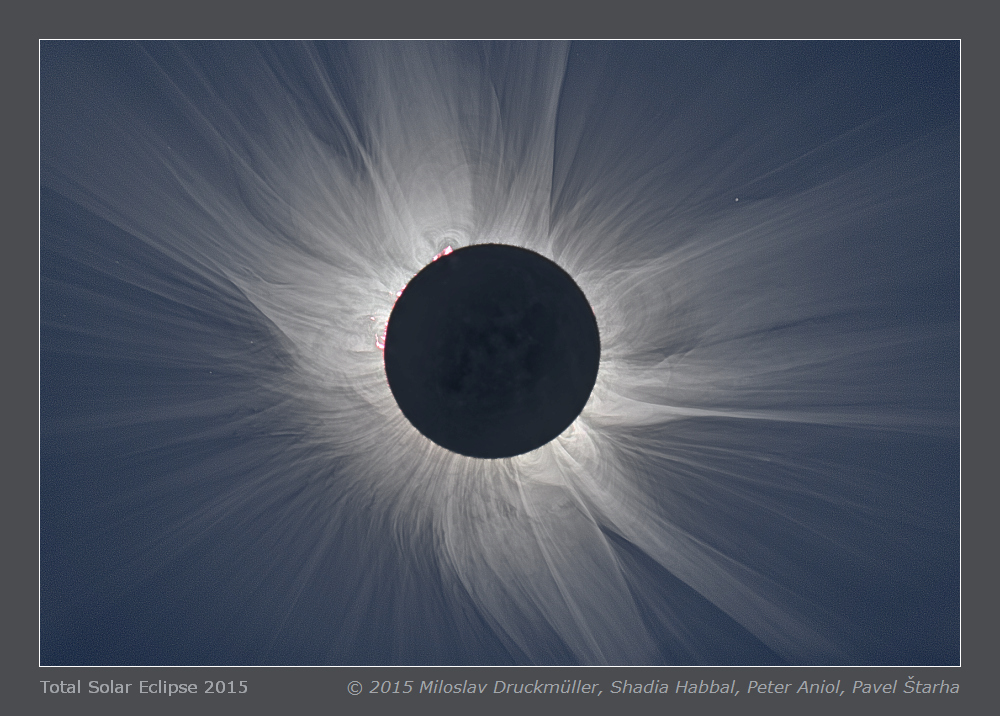In this picture you can see the sunset from two perspective one from earth the other one from mars. These images were scaled to fit side by side. As you can see in the picture the sun appears farther from mars than it does from earth. Mars is 50 percent farther from the sun that earth is. Mars sunset is more blue compared to the orange colors you see on earth. It seems to be related to scattering properties of martian dust as to why it is blue compared to orange. This was captured by Nasas Robotic curiosity rover from gale crater on mars.
